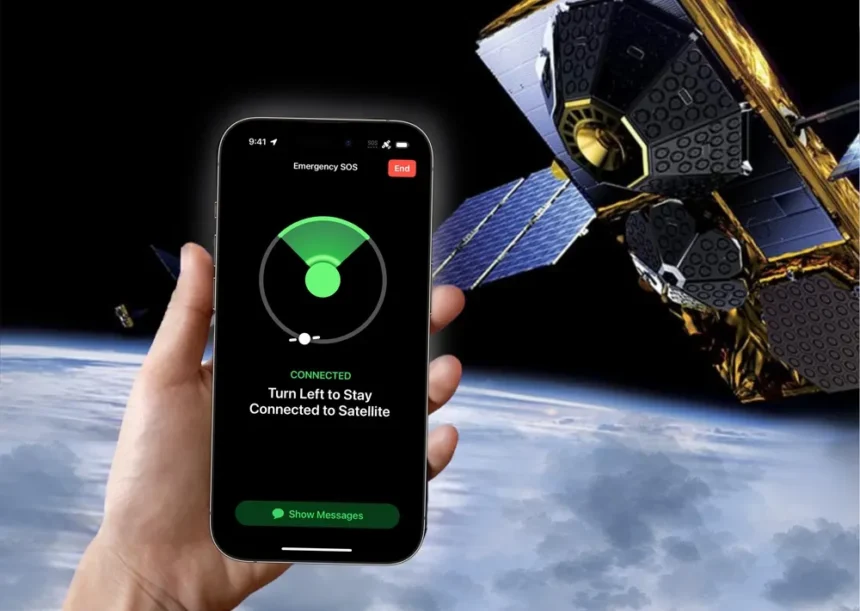The competition between satellite communications companies is intensifying as AST SpaceMobile and SpaceX’s Starlink push the boundaries of technology to dominate the market. Both companies aim to provide reliable satellite-based internet and cellular services, but their approaches and the challenges they face set the stage for a fierce rivalry.
What’s Happening & Why This Matters
SpaceX’s Push for Regulatory Changes
SpaceX is advocating for the Federal Communications Commission (FCC) to update outdated satellite power rules that currently limit the potential of its Starlink service. The company argues that these regulations, rooted in standards set by the International Telecommunication Union (ITU) in 2000, are no longer suitable for modern satellite technology. SpaceX believes that revising these rules will significantly enhance the capabilities of its low-Earth orbit (LEO) satellites, improving service quality and competition.
SpaceX’s primary concern is the current limits on the energy that LEO satellites can transmit, which the company claims protect older geostationary satellites at the expense of newer, more advanced systems like Starlink. The company has requested the FCC to take independent action to revise these regulations, suggesting that the update could increase Starlink’s capacity by up to eight times, thereby improving satellite coverage and service quality across the United States.
Opposition from Telecom Giants
Meanwhile, SpaceX’s proposal to enhance its cellular Starlink service has met with opposition from AT&T and Verizon. These telecom giants argue that SpaceX’s plan could interfere with their networks, potentially reducing network performance. They have urged the FCC to reject SpaceX’s request for a waiver to operate its satellites beyond normal radio frequency parameters.
AT&T and Verizon, who are also developing their own satellite connectivity services through a partnership with AST SpaceMobile, have provided technical analyses that suggest SpaceX’s plan could cause harmful interference with existing terrestrial mobile operations. Despite SpaceX’s assurances that its technology would not disrupt other networks, the tension between these companies underscores the high stakes in the race to dominate satellite-based communication.
AST SpaceMobile’s Progress
AST SpaceMobile is not standing still. The company is preparing to launch its first commercial satellites in September, with plans to begin beta testing satellite connectivity with AT&T and Verizon customers by December. The initial service will cover 5,600 cells across the United States, although continuous coverage will require the launch of additional satellites. AST SpaceMobile’s technology, designed to deliver cellular data to unmodified phones via large communication arrays on its “BlueBird” satellites, promises to provide an alternative to SpaceX’s Starlink service.
TF Summary: What’s Next
The battle between AST SpaceMobile and SpaceX’s Starlink is a testament to the rapidly evolving landscape of satellite communication. As both companies vie for regulatory approval and market dominance, the outcome of this competition could reshape the way people access the internet and cellular services, particularly in remote and underserved areas. With the FCC’s decisions on rule changes and waiver requests looming, the next few months will be critical in determining which company gains the upper hand in this high-stakes race.
— Text-to-Speech (TTS) provided by gspeech


